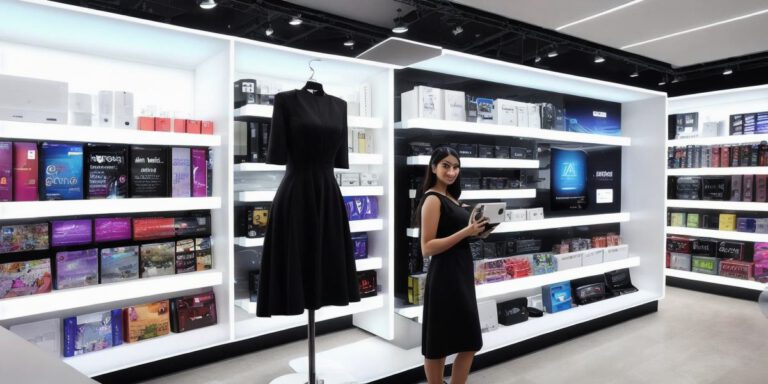Virtual Reality Advertisements: Immersive Storytelling for Captivating Audiences

Virtual reality (VR) has been gaining popularity as a medium for immersive storytelling. With the ability to create fully interactive and realistic experiences, VR offers marketers an unprecedented opportunity to captivate audiences in a way that traditional advertising cannot. In this article, we will explore how virtual reality advertisements can help brands engage with their customers in new and innovative ways.
One of the key advantages of using VR for advertising is the ability to create highly immersive experiences. By placing the audience inside a virtual world, marketers can create an environment that is tailored specifically to their brand and message. For example, a car manufacturer might create a virtual showroom where customers can experience the feel and functionality of their latest models in a way that is not possible with traditional advertising methods.
Another advantage of VR advertising is the ability to engage audiences in real-time. With VR, brands can interact with their customers in a way that is not possible with traditional advertising. For example, a retailer might create a virtual store where customers can try on clothes and see how they look before making a purchase. This allows brands to gather valuable feedback from their customers and make improvements to their products and services based on that feedback.
Research has shown that VR advertisements are highly effective at capturing the attention of audiences. According to a study by the Virtual Reality Society, over 70% of people who tried VR advertising reported that they felt more engaged with the brand than they did with traditional advertising methods. This is largely due to the fact that VR allows brands to create experiences that are highly personalized and tailored to each individual’s interests and preferences.
In addition to being highly engaging, VR advertisements are also highly memorable. A study by Nielsen found that people who experienced a VR advertisement were more likely to remember the brand and the message than those who experienced traditional advertising methods. This is largely due to the fact that VR allows brands to create experiences that are highly immersive and engaging, which can leave a lasting impression on the audience.
One example of a company that has successfully used VR advertising is IKEA. The furniture retailer created a virtual showroom where customers could try out different layouts and furniture options in their own homes before making a purchase. This allowed customers to see how the furniture would look in their home, which led to increased sales and customer satisfaction.
In conclusion, virtual reality advertisements offer marketers an unprecedented opportunity to engage with their customers in new and innovative ways. By creating highly immersive experiences that are tailored to each individual’s interests and preferences, brands can captivate audiences and leave a lasting impression. As technology continues to advance, we can expect to see even more creative and innovative uses of VR advertising in the future.








